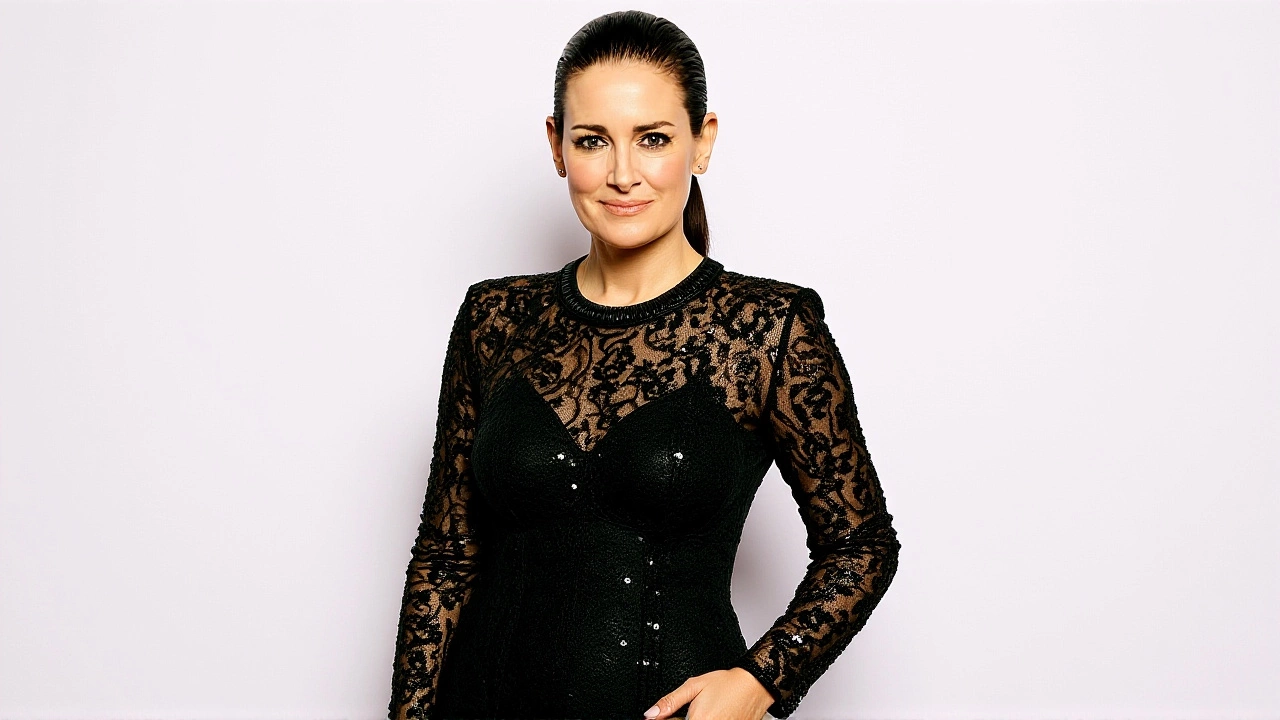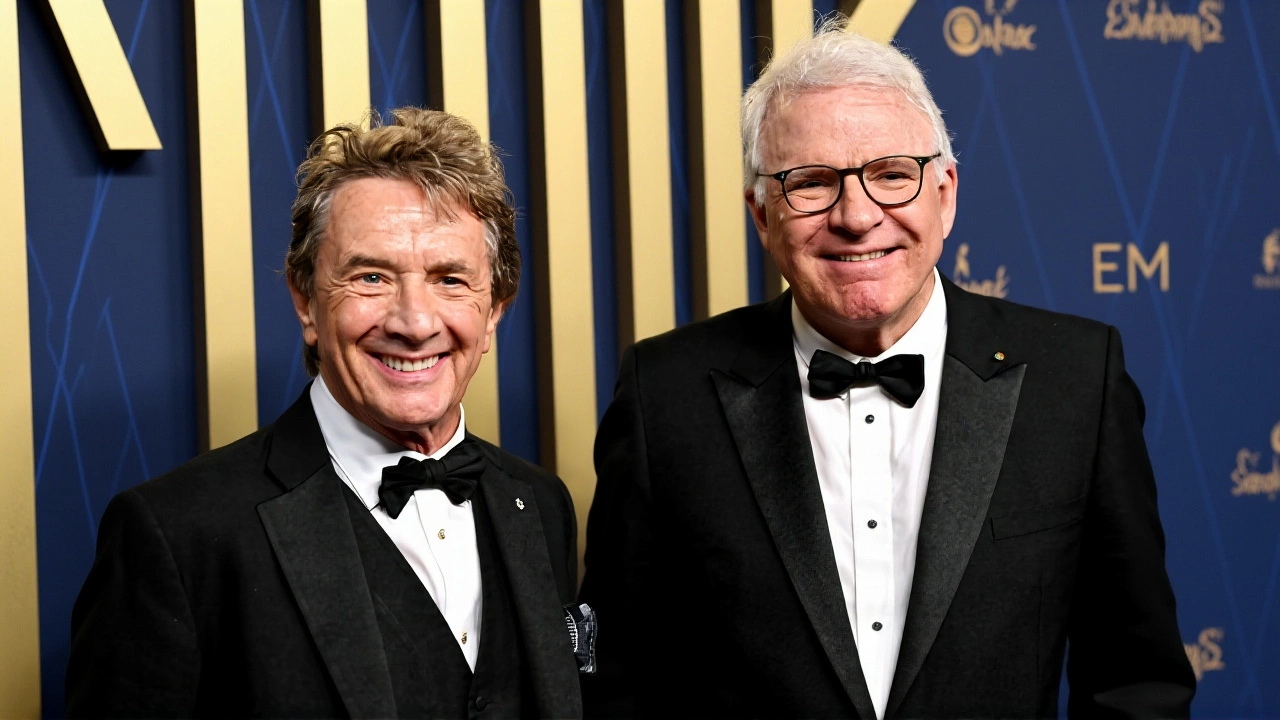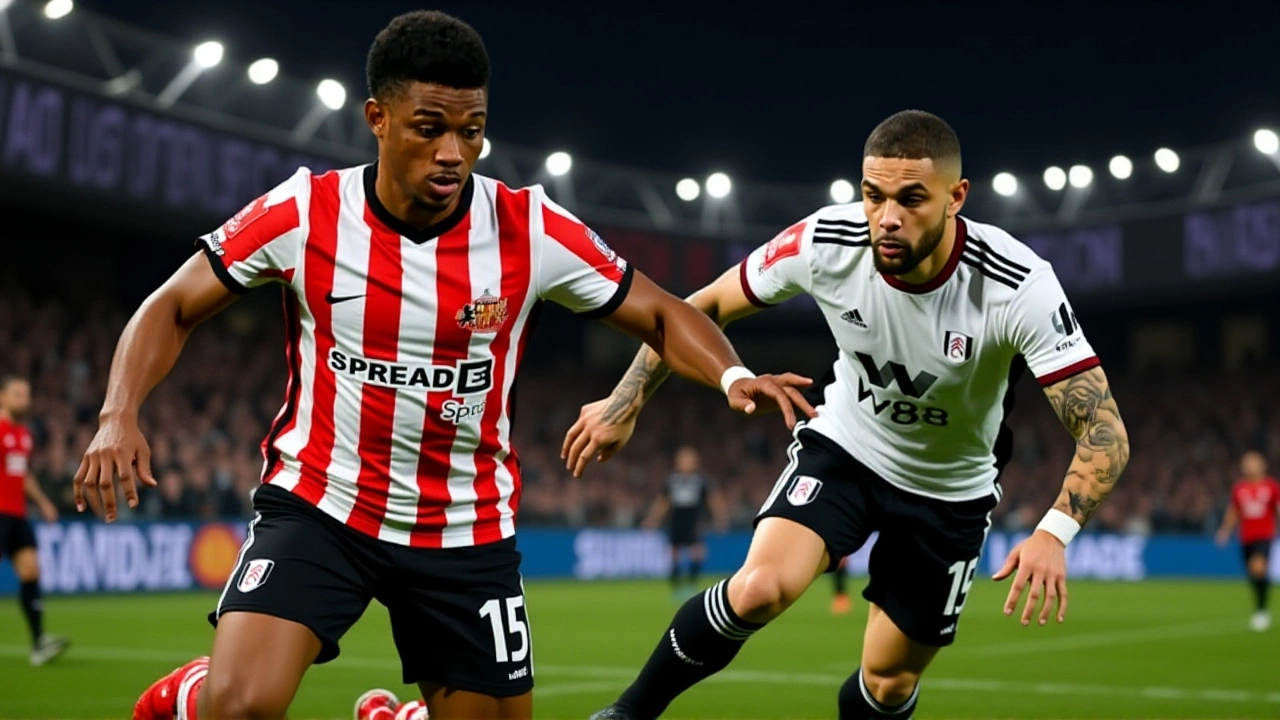Discover how special escort nights in Paris offer more than just companionship-they offer connection, discretion, and unforgettable moments in one of the world’s most romantic cities.
KDMotorsports UK – Your Hub for UK Racing News & Insights
Welcome to the place where every motor‑fan finds fresh updates, behind‑the‑scenes looks and practical tips. We cover everything from Formula 1 hype to MotoGP tricks, so you always know what’s happening on the track.
Latest Motorsports Headlines
Our feed brings you quick rundowns of big stories – like Arsenal’s cup win, the hottest MotoGP techniques, and where heat matters most in racing. Each post is written in plain language, so you get the facts without the jargon.
Get Involved
Want to discuss a race, share a tip, or learn how to break into F1? Jump into the comments, sign up for our newsletter, or follow the community on social media. Whether you’re a student, a budding engineer, or just love the roar of engines, KDMotorsports makes it easy to stay connected and keep the adrenaline flowing.
Discover the quiet elegance of exquisite escorts in Montpellier-where connection matters more than spectacle. Learn how to find authentic, professional companionship in this charming French city.
Escort Russian services in Dubai offer more than companionship - they provide cultural connection, emotional support, and genuine human presence for expats and locals alike.

Trump and Starmer Announce Historic U.S.-UK Trade Deal Amid Tariff Compromises and $130B Tech Investment
Trump and Starmer unveiled the U.S.-UK Economic Prosperity Deal on May 8, 2025, securing $130B in tech investment and auto tariffs while leaving steel duties and the Digital Services Tax intact — a deal defined more by corporate pledges than government compromise.
Belgian labor unions halted flights and public transport in a nationwide strike over the 2026 austerity budget, grounding commercial flights at Brussels and Charleroi airports while business jets kept flying. The standoff with PM Alexander De Croo's government escalates ahead of budget approval.
Steve Martin canceled two comedy shows with Martin Short in Virginia Beach and Richmond after testing positive for COVID-19 — the second time this year the duo has been forced to postpone due to his illness.
Fulham beat Sunderland 1-0 at Craven Cottage on November 22, 2025, as Raúl Jiménez scored a late winner in Matchweek 12 of the Premier League. The victory extends Fulham's home dominance in a historic rivalry where Sunderland leads 26-21 in wins.
Singer D4vd is a suspect in the homicide of 15-year-old Celeste Rivas, whose body was found in his abandoned Tesla. LAPD awaits toxicology results as investigators probe a mysterious trip to Santa Barbara County and blood evidence from his Hollywood Hills home.

Kirsty Gallacher dazzles in lace jumpsuit at Mike Tindall’s inaugural A Captain’s Christmas charity event
Kirsty Gallacher dazzled in a Reiss lace jumpsuit at Mike Tindall’s inaugural A Captain’s Christmas charity event in London, raising over £75,000 for the Royal British Legion’s Poppy Appeal to support military families.
Costa Coffee launches its Christmas menu early on 24 Oct 2025 across 2,735 UK stores, introducing Butter Pecan Cookie Latte and Dubai‑Style Pistachio Tiffin, driven by CEO Jill McDonald's festive strategy.







